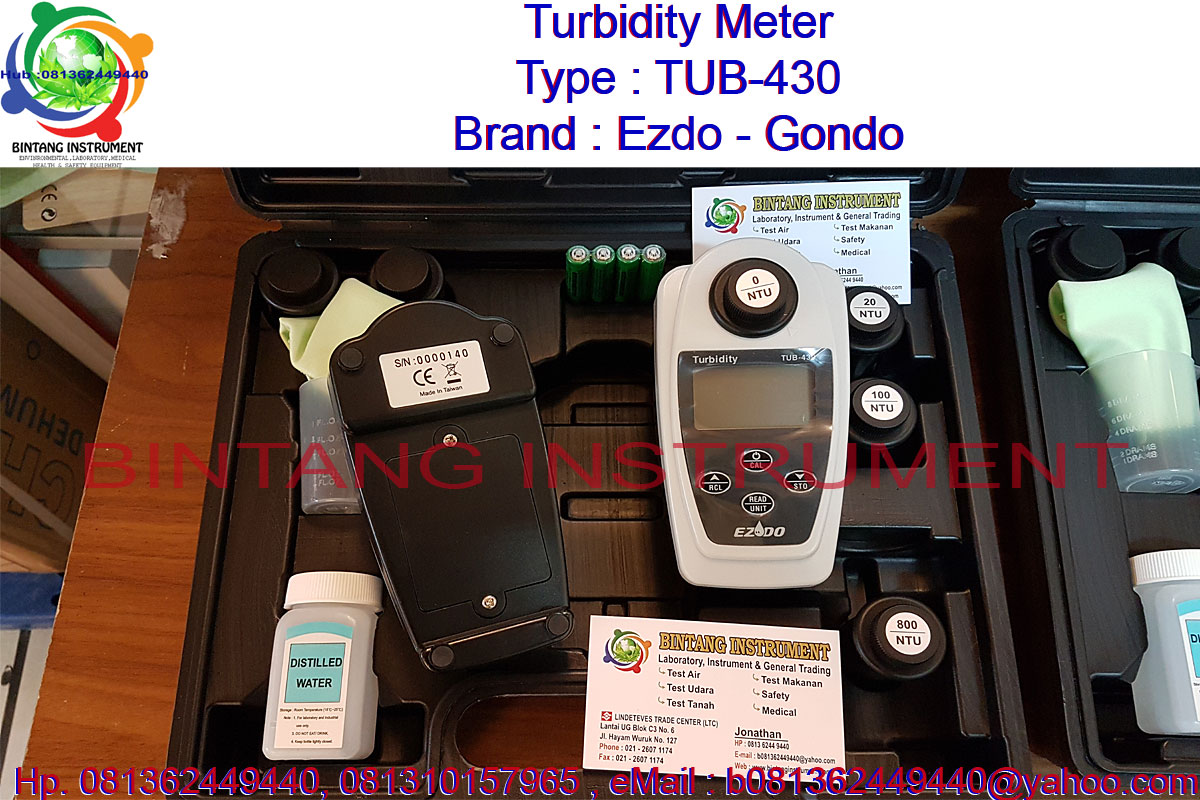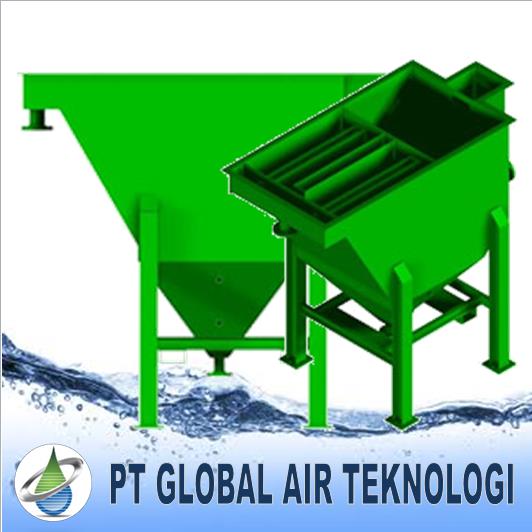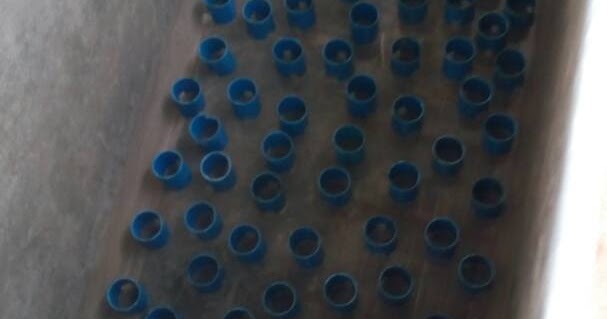
The Ultimate Guide to Koi Pond Salinity PPT: Everything You Need to Know
Koi Pond Salinity PPT: An Introduction
Koi ponds are a beautiful addition to any garden or backyard. They offer a serene and peaceful environment and are also a great way to keep and take care of koi fish. However, maintaining a koi pond requires careful attention and monitoring. One key aspect that pond owners often overlook is the salinity level of the water.
Salinity is defined as the measure of the amount of dissolved salt in water. It is a crucial factor in ensuring the health and well-being of koi fish as they are sensitive to changes in their environment, including salinity levels. PPT, or parts per thousand, is the unit of measurement used to quantify the salinity of water.
Why is Salinity Important for Koi Ponds?
Maintaining the proper salinity levels in a koi pond is essential for several reasons.
-
- Fish health: Koi fish are freshwater fish, and their health heavily depends on the water quality of their habitat. If the salinity levels in the pond are too high or too low, it can lead to stress and illness in the fish, making them more vulnerable to diseases.
-
- Plant growth: Salinity levels can also affect the growth of plants in and around the pond. Plants require a specific level of salinity to thrive and provide oxygen to the water, which is essential for fish survival.
-
- Biological filtration: The bacteria that break down waste in the water need specific salinity levels to function correctly. If salinity levels are too high or low, it can lead to problems in the pond’s biological filtration system.
-
- Water clarity: High levels of salinity can cause cloudiness and decreased water clarity, making it difficult to see the fish and plants in the pond.
What is the Ideal Salinity Level for Koi Ponds?
The ideal salinity level for koi ponds is between 0 and 0.3 ppt. This range is considered optimal for koi fish health and plant growth. However, salinity levels can vary depending on the climate and location of the pond. For example, ponds located near the coast may have higher salinity levels due to their proximity to the ocean.
It is crucial to monitor the salinity levels in the pond regularly. You can do this with a salinity meter or with a test kit that measures the levels of dissolved salt in the water. Keeping a record of the salinity levels can help you identify any fluctuations and adjust the levels as needed.
How to Adjust Salinity Levels in Koi Ponds?
If you find that the salinity levels in your pond are too high or low, you can make adjustments to bring the levels within the optimal range. Here are some ways to adjust salinity levels:
Adding Freshwater to the Pond
If the salinity levels are too high, one way to lower it is to add freshwater to the pond. You can do this by topping up the pond with fresh water from a hose or tap. It is essential to add water gradually as adding a large volume of water at once can shock the fish and cause stress.
Adding Salt to the Pond
If the salinity levels are too low, you can add salt to the pond to raise the levels. It is important to use the right type of salt, such as pond salt or marine salt, and to add it gradually. You should also ensure that the salt is fully dissolved before adding more. Salt should be added over a period of days, not all at once, to prevent shocking the fish.
Conclusion
Maintaining proper salinity levels in a koi pond is crucial for ensuring the health and well-being of koi fish and plants. Regular monitoring of salinity levels, using appropriate testing equipment, and adjustment as needed can help create a healthy and enjoyable environment for both the pond owner and the fish.









